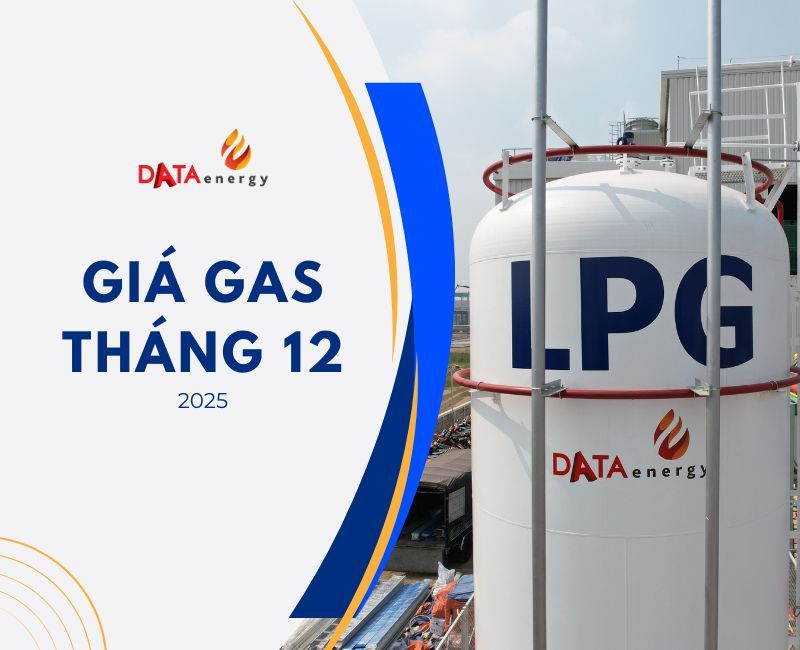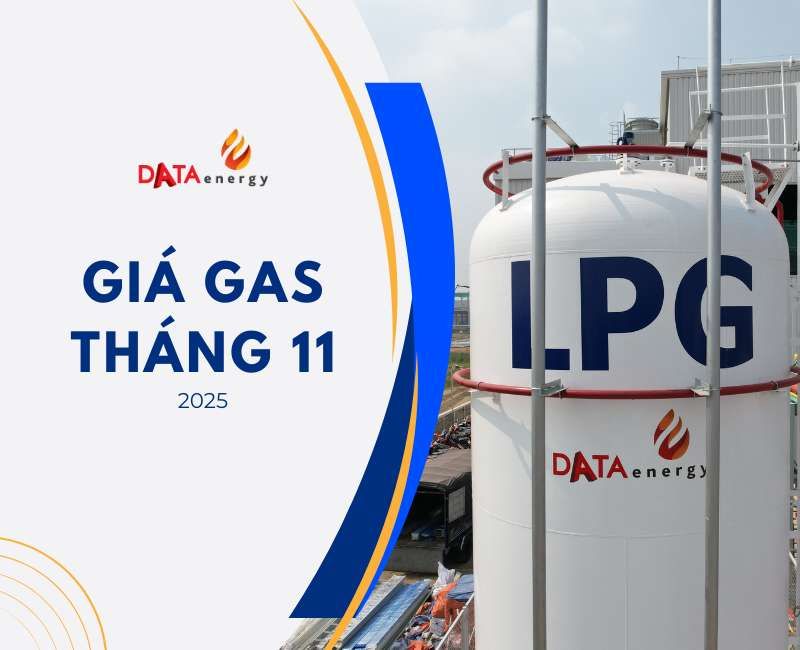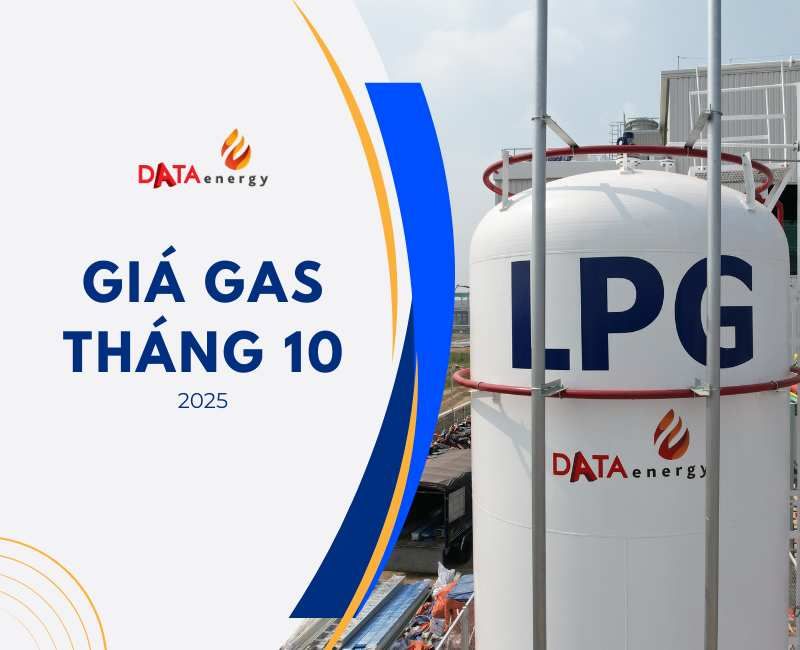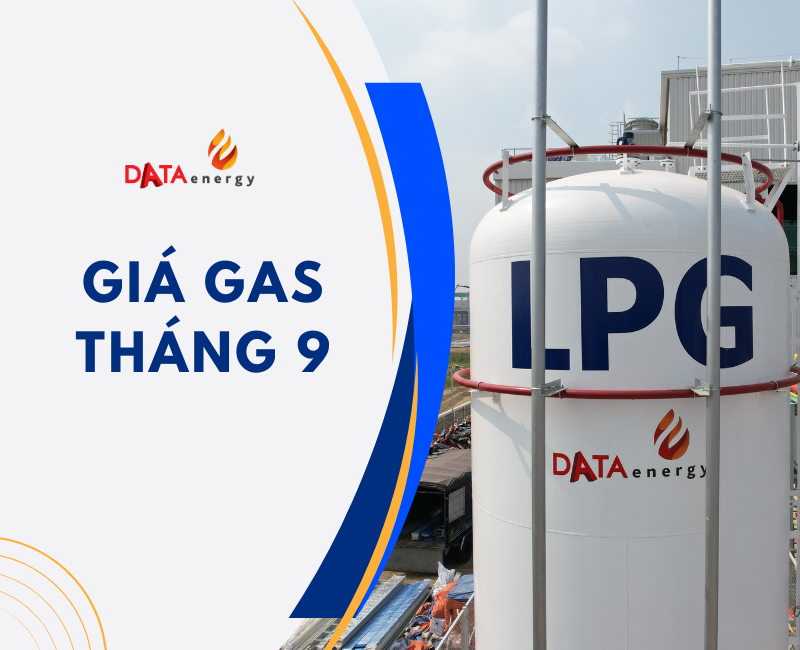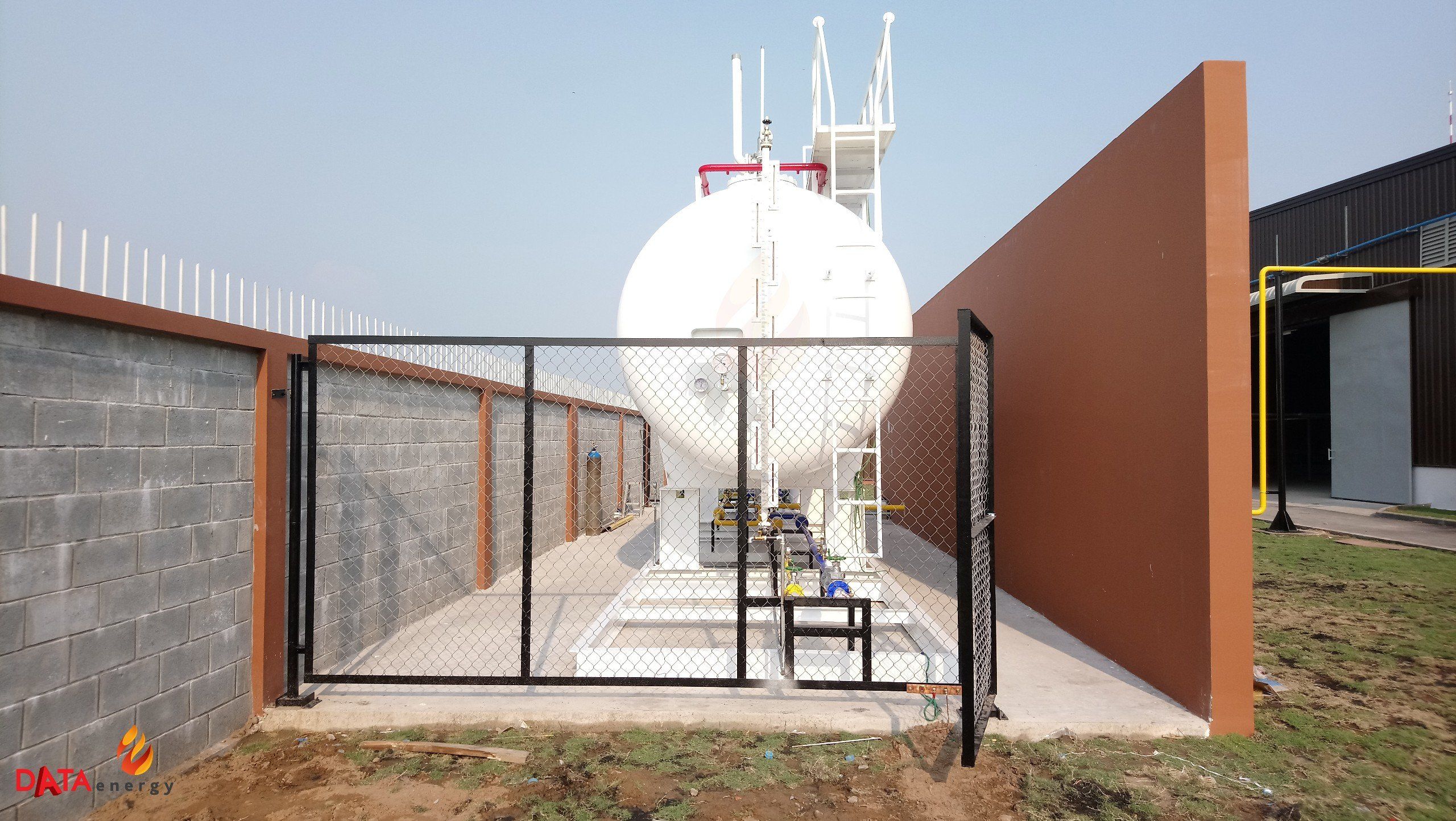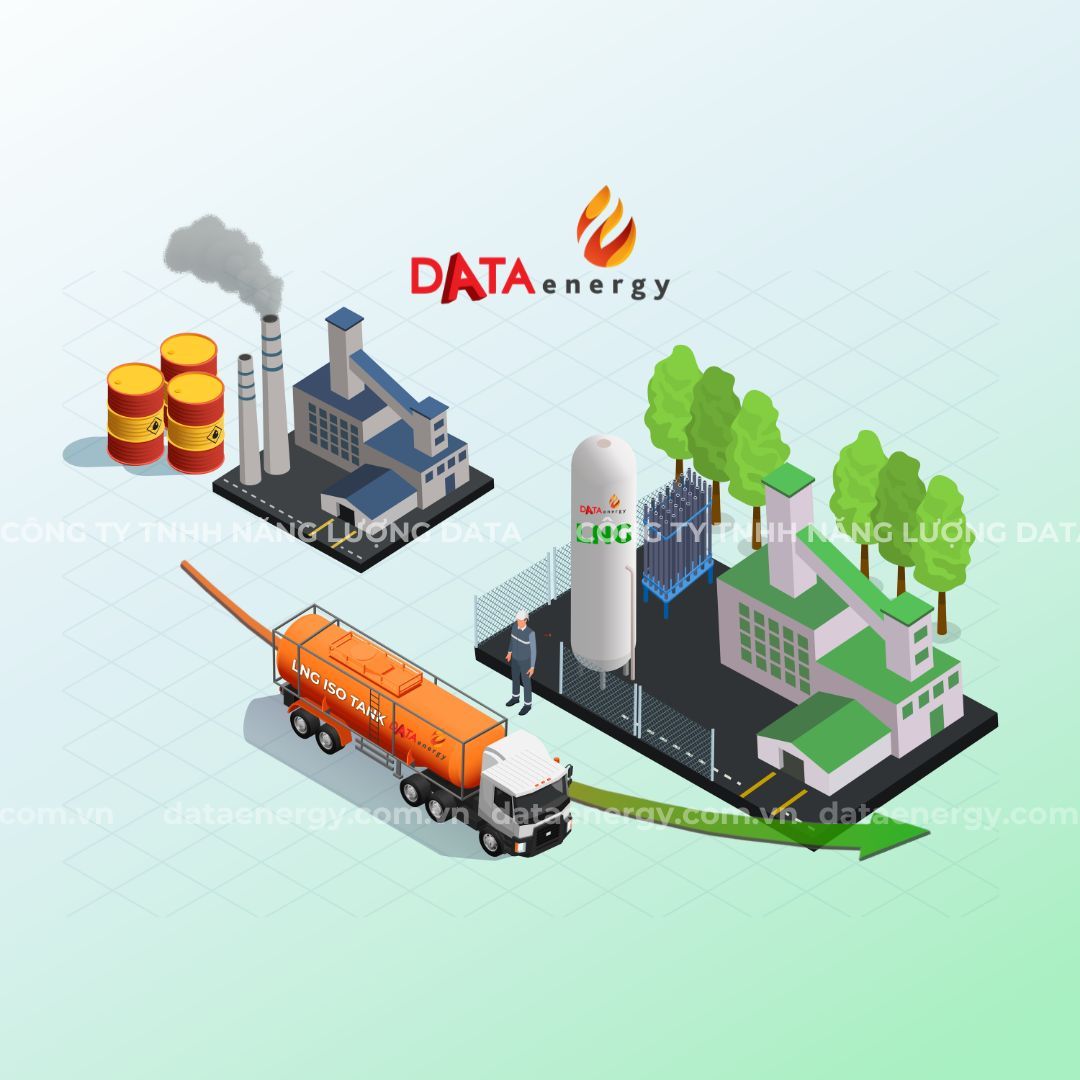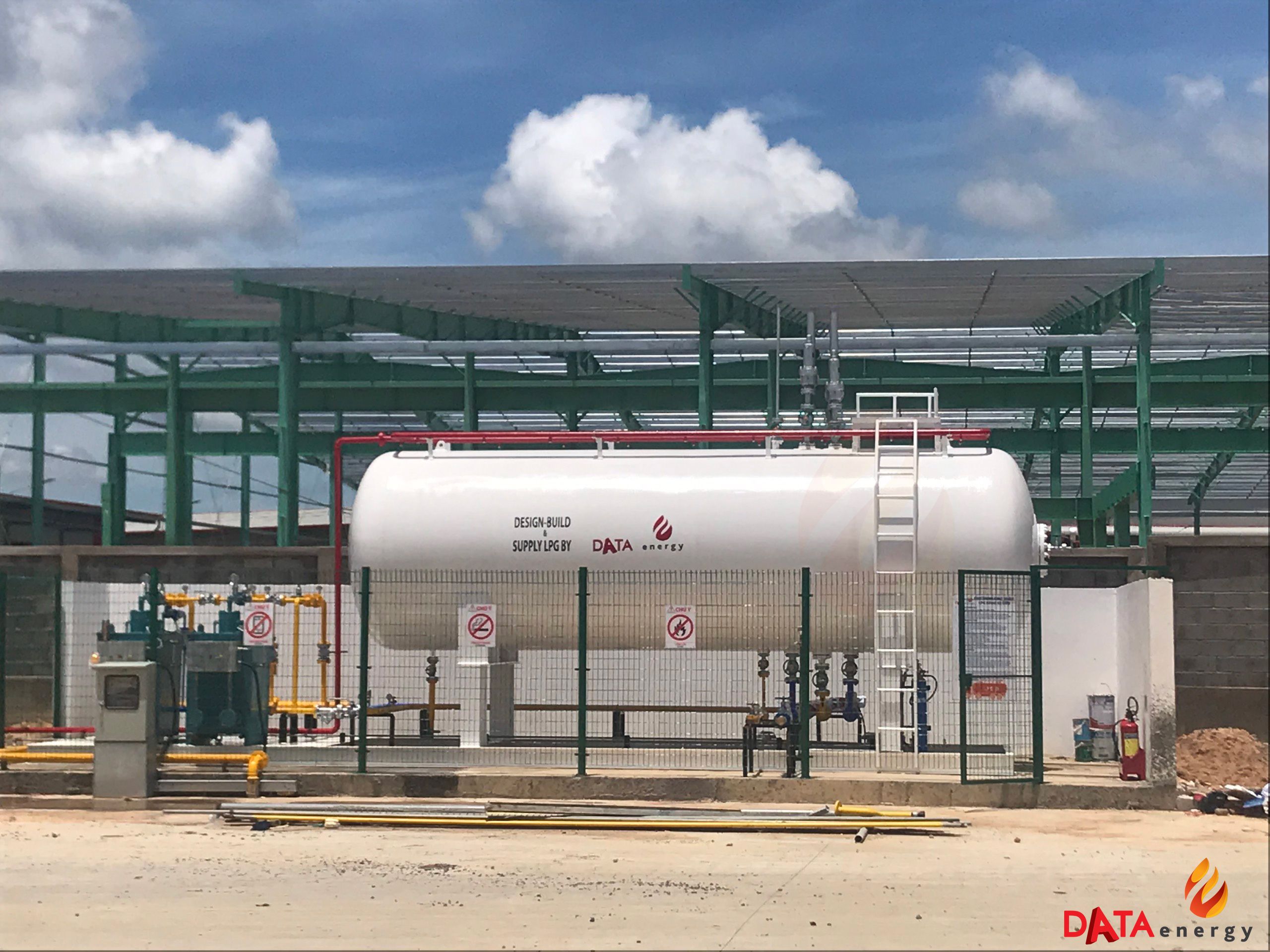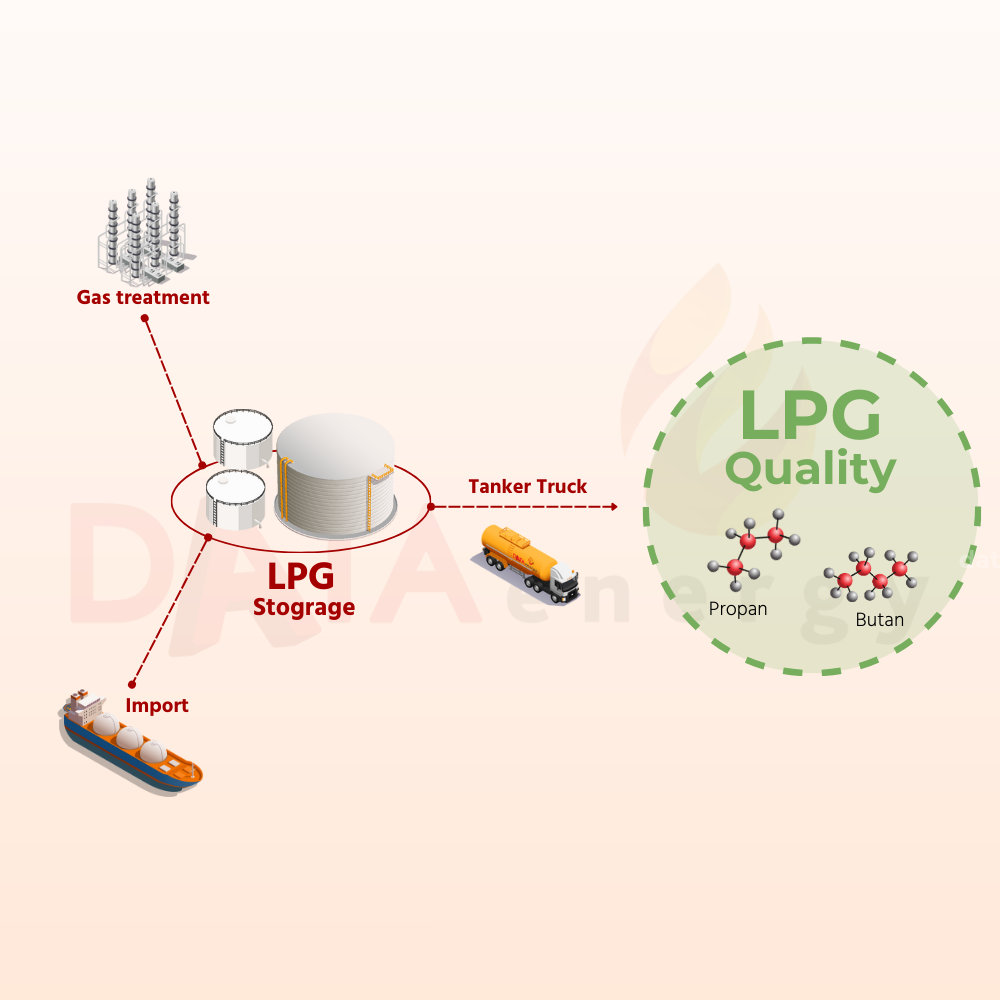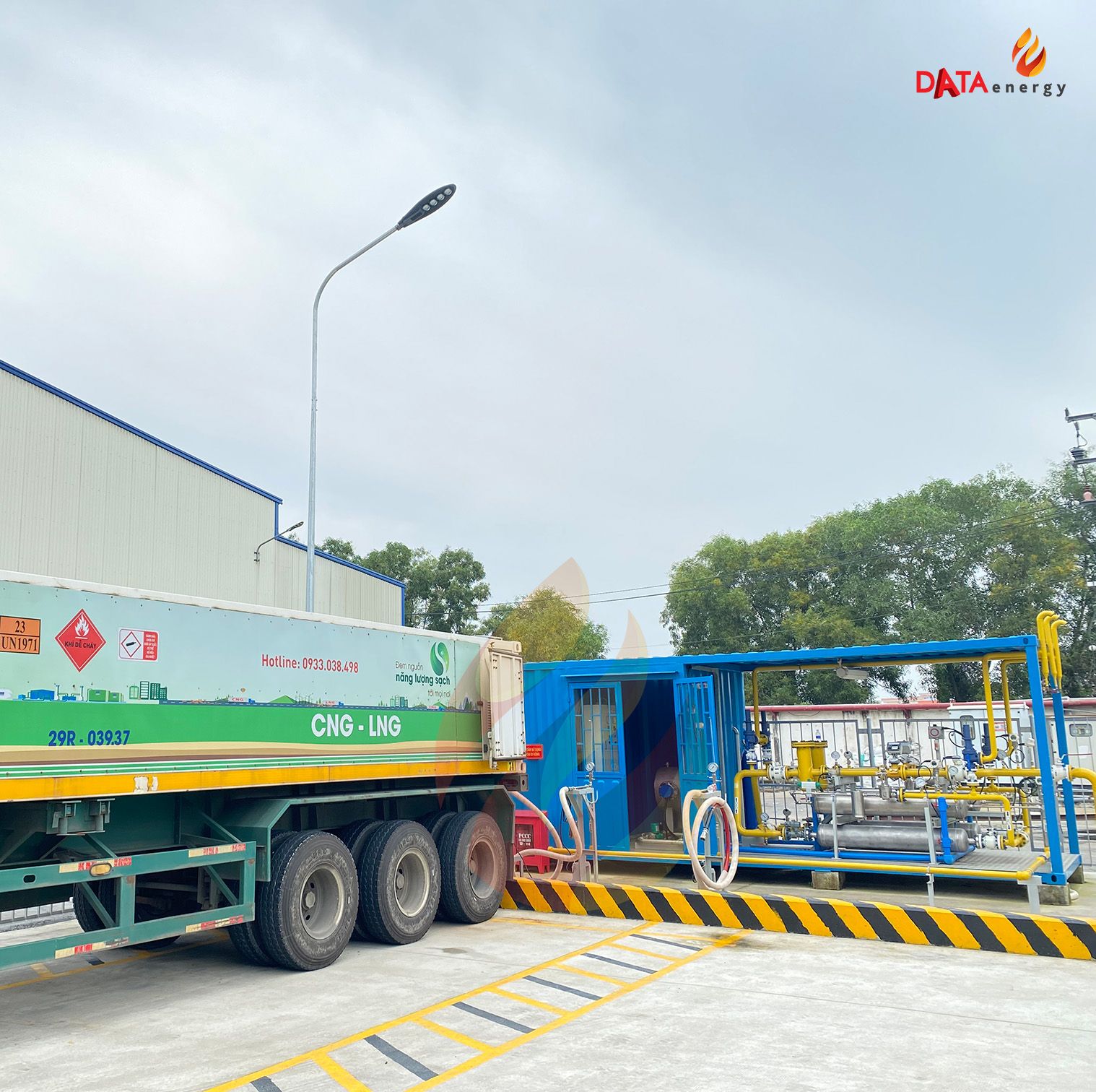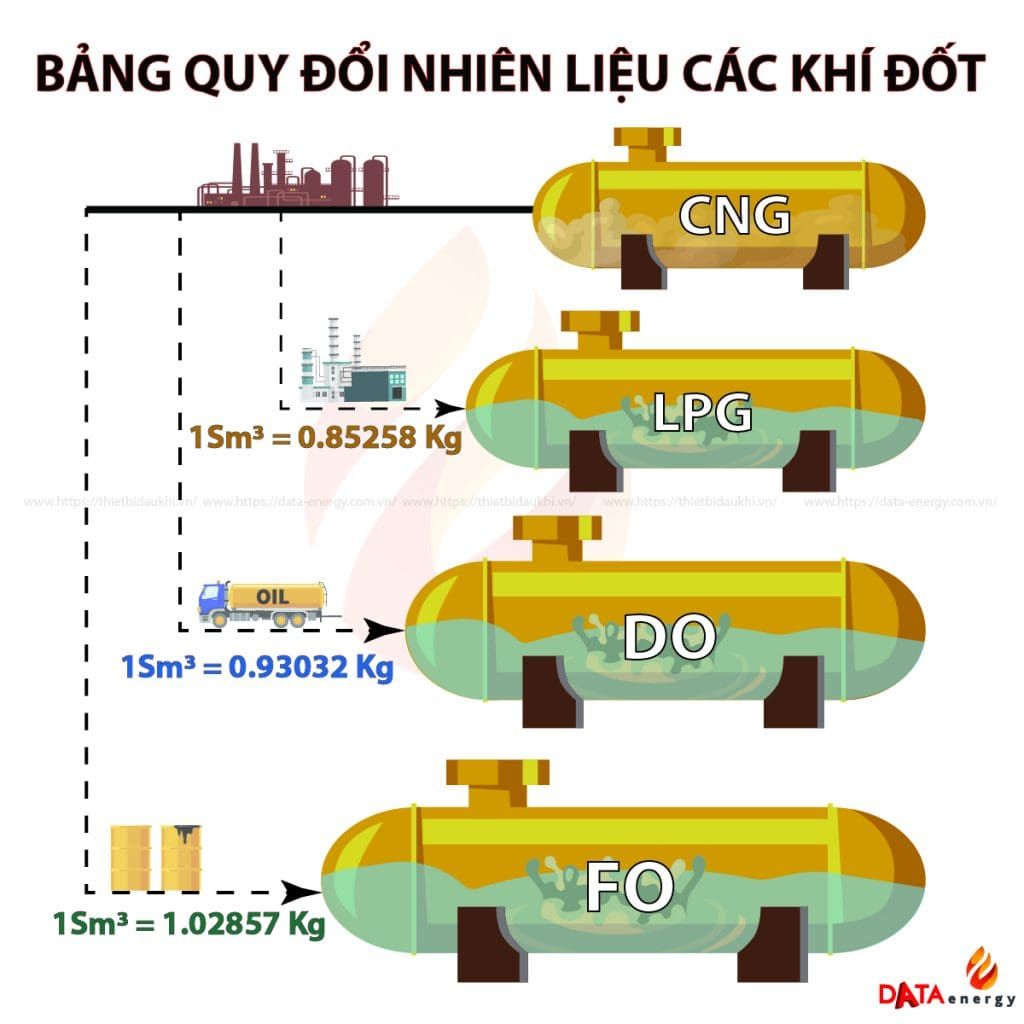LNG EXPLORATION AND PRODUCTION PROCESS
06/01/2025
What is LNG?
Liquefied Natural Gas (LNG) is natural gas with a main component of methane (CH4) and a mixture of ethane (C2H6). LNG is colorless, odorless, non-toxic, and non-corrosive. It is cooled to a liquid state at a temperature of approximately -162°C.
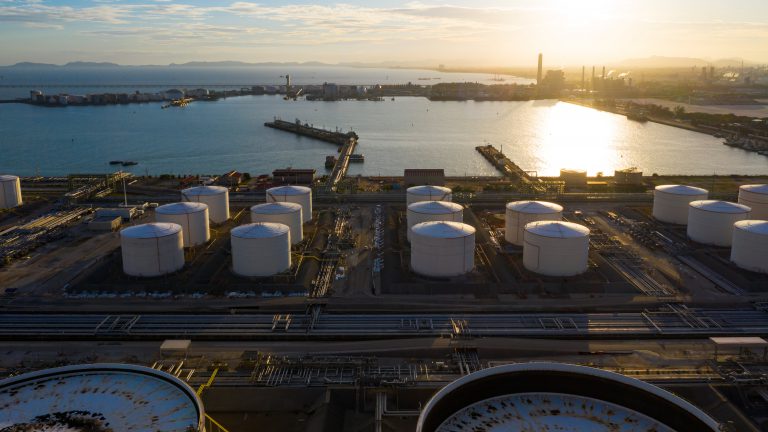
LIQUEFIED NATURAL GAS (LNG) PRODUCTION PROCESS
1. Natural gas cleaning
Natural gas is extracted from various sources such as gas fields, offshore oil wells, etc. These fields contain a mixture of different substances like methane (CH4), ethane (C2H6), propane (C3H8), butane (C4H10), and even oil and water.
Natural gas is separated from this mixture and impurities are removed at a gas processing plant.
2. Liquefaction of cleaned gas
After being purified in step 1, natural gas is ready to be liquefied. The gas is passed through large aluminum coils in a heat exchanger, cooling it to -162°C, turning it into a liquid, known as liquefied natural gas – LNG.
3. Transportation
Liquefied natural gas (LNG) reduces its volume by 600 times compared to natural gas (NG), allowing it to be transported safely and economically by ship from the source to onshore storage facilities. However, to maintain the liquid state of LNG, the ship must have a double-hulled structure that provides insulation to keep the LNG at a low temperature.
In Vietnam, liquefied natural gas (LNG) is imported from countries with large reserves using specialized ships.
4. Adjustment and Commissioning
Once it arrives at the port warehouse, LNG is gradually loaded into very large storage tanks. Since liquefied natural gas (LNG) is odorless, it is necessary to add odor to ensure easy detection of leaks.
There are two ways to transport liquefied natural gas (LNG):
LNG is transported by tank trucks to the customer's factory. Then it is directly loaded into storage tanks at the factory and then goes through the gasification system for production. (Similar to LPG transportation)
LNG is transported by specialized tank trucks, which are both the means of transport and the LNG storage tank. At this time, the factory only needs to install an LNG vaporization system for production. (Similar to CNG transportation).
On-site gas regasification at customer facilities:
Depending on the customer's needs, a gas regasification system can be installed, including: LNG storage tanks and regasification equipment with an operating pressure of approximately 8 bar to convert LNG back to natural gas for customer supply.
From the regasification system with an output pressure of approximately 8 bar, the gas is reduced to the required pressure and delivered through pipelines to the combustion systems.
 Production and Transportation Process.png)
![]()
DATA ENERGY COMPANY LIMITED (DATA Energy)
- Supply LPG, CNG, LNG.
- Consult, Design, Install Industrial Gas System.
- Invest Gas System (LPG, CNG, LNG) for the factory.





